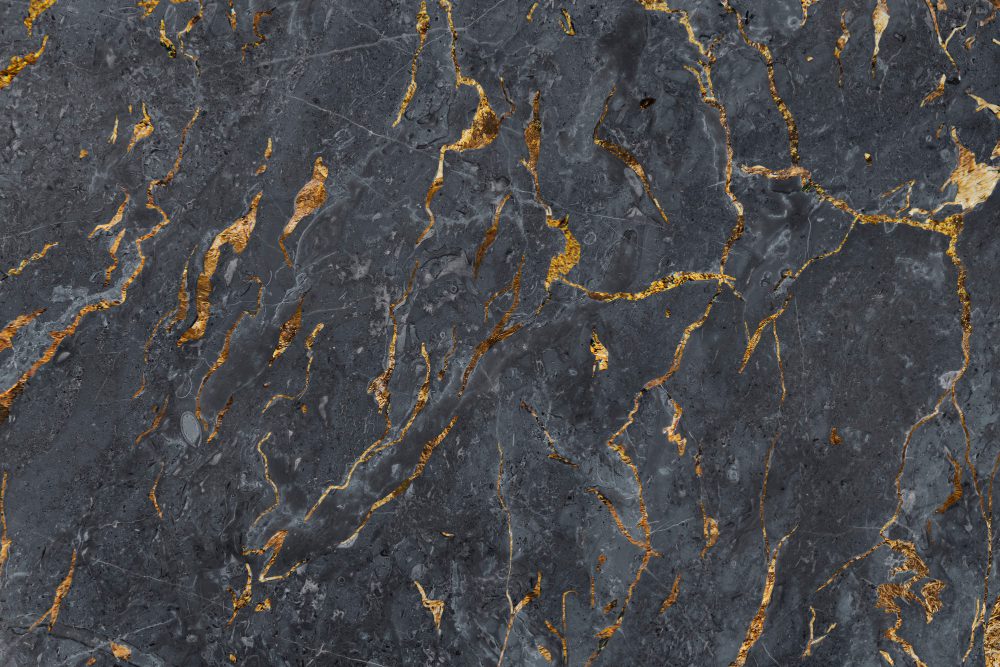What is the strongest stone for building?
In the world of construction and architecture, choosing the right material is essential. When it comes to building structures that can withstand the test of time, the strength and durability of the stone used play a crucial role. Various types of stones are utilized in construction projects, but which one stands out as the strongest?
Strength and Durability
To determine the strongest stone for building, we must consider its strength and durability. These qualities are vital as they ensure the longevity and stability of the structure. Different stones have varying levels of strength, which depend on their composition and geological formation.
Granite, known for its incredible strength, is frequently regarded as one of the toughest stones for construction. Its strong crystalline structure makes it highly resistant to weathering and erosion, making it suitable for various applications.
Another notable stone for building is basalt. Basalt’s interlocking structure provides exceptional strength and durability. It has been utilized in numerous historical and architectural masterpieces around the world.
Comparison of Stones
Let’s compare some of the strongest stones used in construction:
| Stone Type | Compressive Strength (MPa) |
|---|---|
| Granite | 100-250 |
| Basalt | 100-300 |
| Marble | 15-200 |
| Sandstone | 30-150 |
Considerations for Building Projects
When selecting the strongest stone for a building project, it is essential to consider factors such as aesthetic appeal, cost, and availability. While granite and basalt exhibit remarkable strength, other stones may be more suitable depending on specific requirements.
Ultimately, the choice of stone should align with the project’s needs, taking into account both practical and aesthetic considerations.
Aesthetic Appeal
Aside from strength, the appearance of the stone can greatly influence the overall aesthetics of the structure. Some stones, like marble, provide a luxurious and elegant look, making them popular in high-end architecture.
Cost and Availability
The cost and availability of the stone also play significant roles in decision-making. While certain stones may possess exceptional strength, their scarcity or high cost may render them less feasible for large-scale projects. In such cases, alternative stones with good strength-to-cost ratios may be preferred.
What are the 3 types of stones?
When it comes to building, choosing the right stone is crucial for ensuring durability and strength. There are three main types of stones commonly used in construction:
1. Igneous Stones
Igneous stones are formed from solidified lava or magma. They are incredibly strong and durable, making them ideal for building structures that need to withstand extreme conditions. Examples of igneous stones include granite and basalt. Granite is known for its aesthetic appeal and is often used for countertops and flooring, while basalt is commonly used in construction projects due to its high compressive strength.
2. Sedimentary Stones
Sedimentary stones are formed from the accumulation and compaction of different materials over time. They are relatively softer compared to igneous stones but still have good strength. Common sedimentary stones used in construction include limestone and sandstone. Limestone is a versatile stone that can be used for both interior and exterior applications, while sandstone is prized for its natural beauty and is often used for decorative purposes.
3. Metamorphic Stones
Metamorphic stones are formed from the transformation of existing rocks due to intense heat and pressure. These stones are highly durable and can withstand heavy loads. Marble and slate are two popular examples of metamorphic stones. Marble is widely used for its elegance and sophistication in buildings, while slate is often used for roofing due to its water resistance properties.
Choosing the right stone for your building project is essential as it can significantly impact the overall strength and longevity of the structure.
To assist you in understanding the differences between these stone types, here is a simple table summarizing their key characteristics:
| Stone Type | Strength | Durability | Common Uses |
|---|---|---|---|
| Igneous Stones | High | Excellent | Building facades, countertops, roads |
| Sedimentary Stones | Moderate | Good | Flooring, cladding, decorative elements |
| Metamorphic Stones | Varies (generally high) | Very good | Statues, monuments, flooring |
Remember to consider the specific requirements of your construction project and consult with professionals to determine the most suitable stone for your needs.
In conclusion, understanding the three types of stones – igneous, sedimentary, and metamorphic – will help you make informed decisions when it comes to choosing the strongest stone for your building project. Each stone type has its own unique properties, strengths, and common uses, so it’s essential to carefully assess your project’s requirements to ensure long-lasting and resilient results.



